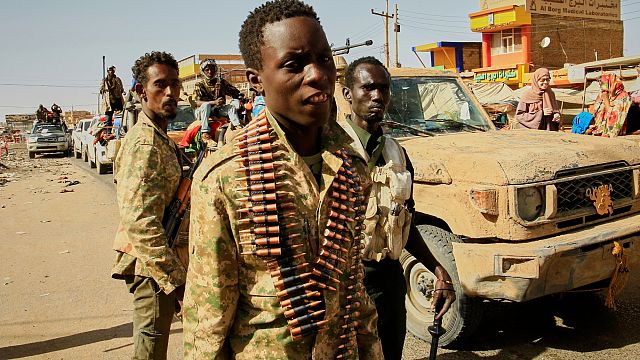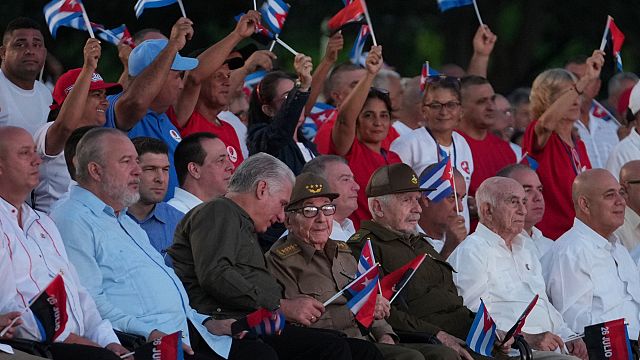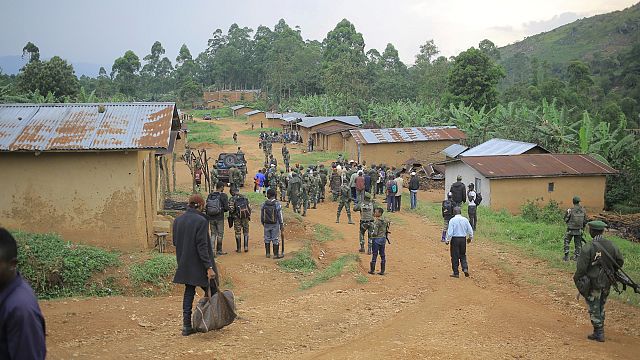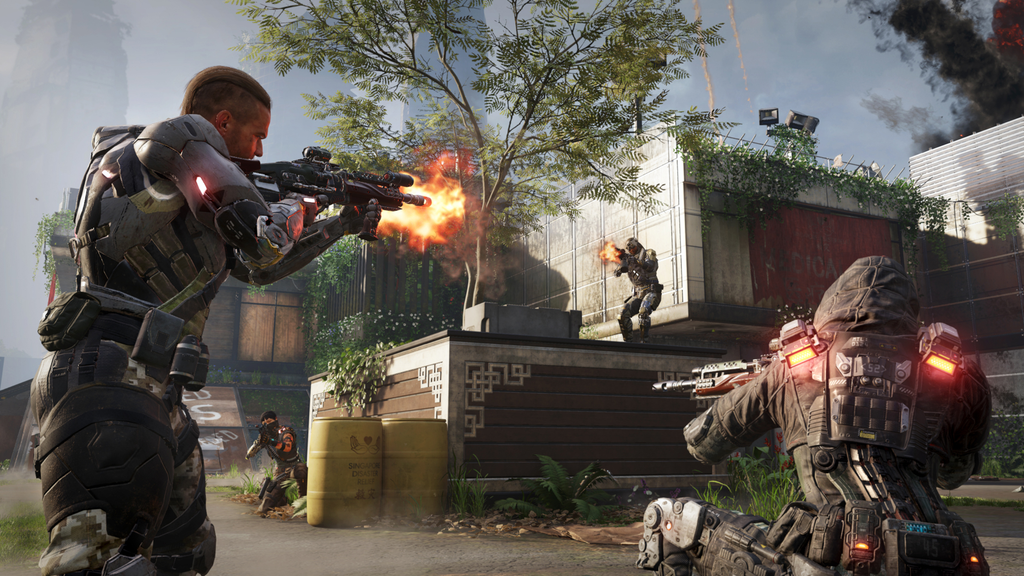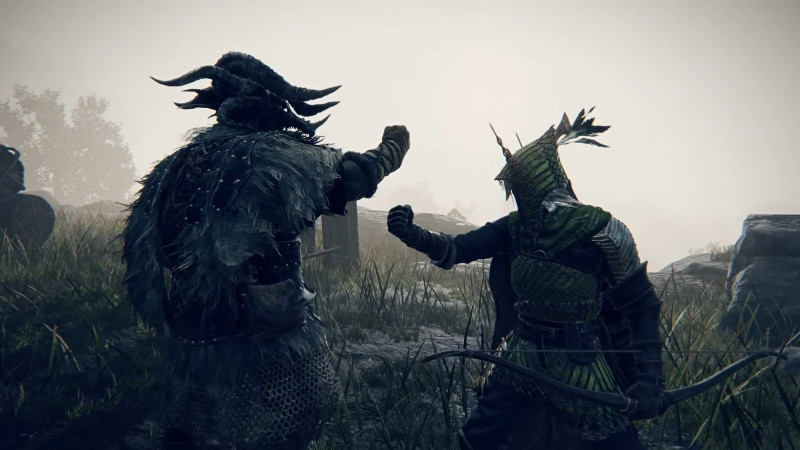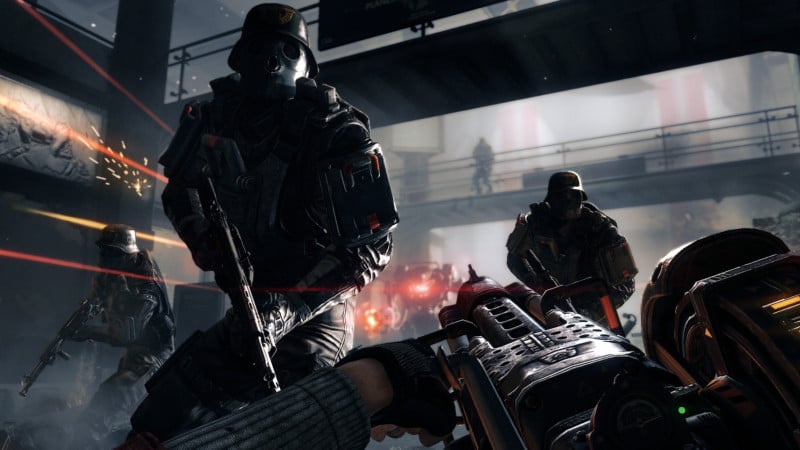Screams and chaos: The moments after Bangladesh fighter jet hit a primary school
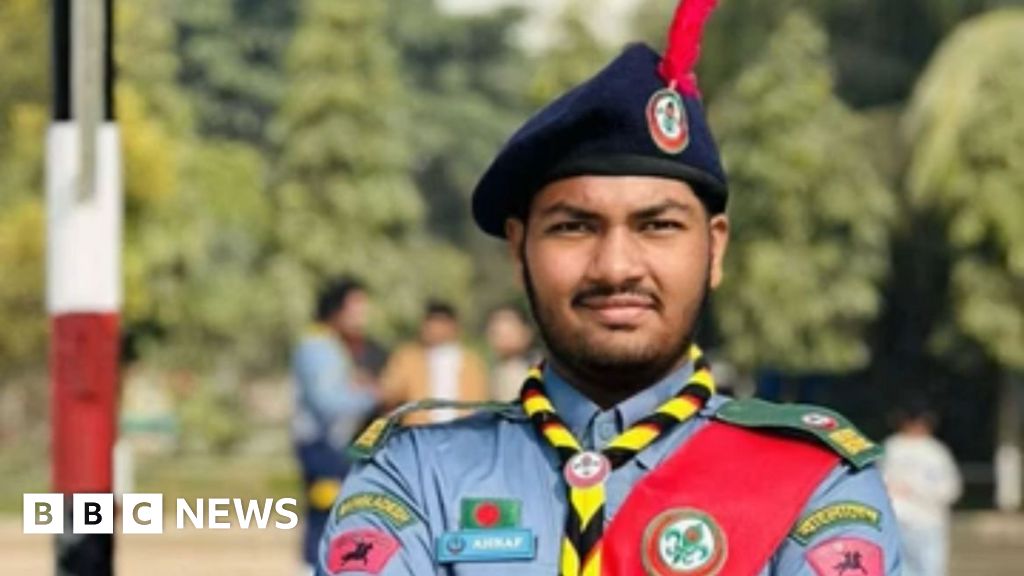
Screams and chaos: The moments after Bangladesh fighter jet hit a primary school
Soutik BiswasBBC News, London
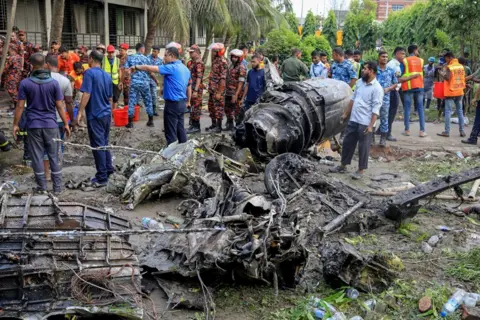 JUBAIR BIN IQBAL/AFP/Getty Images
JUBAIR BIN IQBAL/AFP/Getty Images"It was like 30 or 40 thunderbolts falling from the sky," said Ahnaf Bin Hasan, an 18-year-old student whose voice still trembled two days after the crash.
"I've never heard a sound like that in my life - it came from the sky. In a split second, the fighter jet flew over my head and crashed into the school building."
The Bangladesh Air Force F-7 plane had plummeted from the sky and slammed into the primary school building of the Milestone School and College in Dhaka on Monday, marking Bangladesh's deadliest aviation disaster in decades.
At least 31 people were killed - many of them schoolchildren under 12 - while waiting to be picked up, heading to coaching classes, or grabbing a quick snack.
Clad in his chocolate brown shirt and black trousers, school badge pinned neatly, Ahnaf was chatting with a friend under a canopy on the playground of the sprawling 12-acre campus of Milestone School and College, in the busy Uttara neighbourhood. He says he was barely 30 feet away when the jet nosedived into the building.
Ahnaf instinctively dropped to the ground, bracing his head with his hands. When he opened his eyes, the world around him had changed.
"All I could see was smoke, fire, and darkness. Children were screaming. Everything was chaos," he told the BBC on the phone.

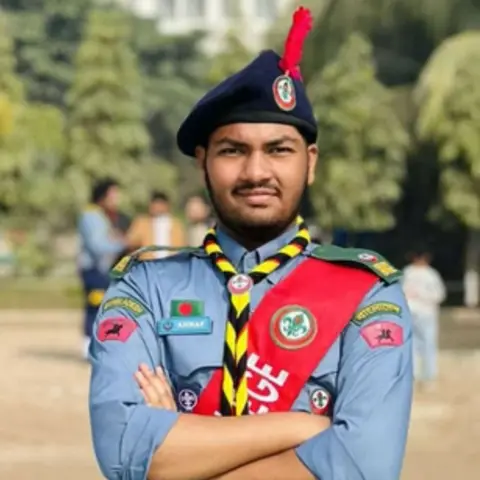 Ahnaf
AhnafThe air force said the jet, on a training flight, experienced a mechanical fault shortly after takeoff. The pilot, who ejected just before the crash, later died in hospital.
"I saw the pilot eject," Ahnaf said. "After the crash, I looked up and saw his white parachute descending. He broke through the tin roof of another building. I heard he was alive after landing, even asked for water. A helicopter came and took him away."
As smoke and flames spread through the school, Ahnaf's instincts kicked in. A flaming splinter from the burning plane had struck his backpack, singed his trousers and scorched his hand. "It was so hot, but I threw the bag aside and ran to help."
He ran toward the concrete walkway separating the playground from the two-storey primary school building. The plane had slammed into the gate, burrowed six to seven feet into the ground, then tilted upward, crashed into the first floor, and exploded. Two classrooms named Cloud and Sky had become the ground zero of the crash.
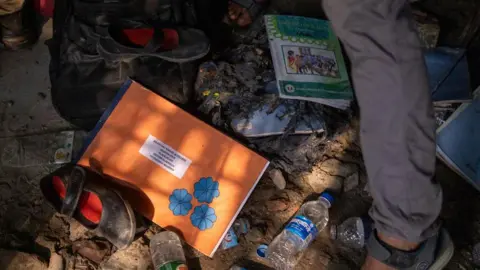 Syed Mahamudur Rahman/NurPhoto/Getty Images
Syed Mahamudur Rahman/NurPhoto/Getty Images
Near the entrance, Ahnaf saw a student's body, torn apart.
"It looked like the plane had hit him before slamming into the building," he said. "He was younger than us."
The five-building campus, usually buzzing with student chatter, had turned into a scene of fire, splintered metal, and screaming.
Amid the smoke, Ahnaf spotted a junior student whose skin was scorched and whose body had been pulled out of the blaze by a friend.
"His friend told me, 'I can't do this alone. Can you help me?' So I picked the boy up, put him on my shoulder, and carried him to the medical room."
Another woman was on fire. Children ran from the building stripped to their underclothes, their garments burned off, their skin blistering in the intense heat.
"On the second floor, students were stranded and screaming," Ahnaf said. "We broke open a grille to reach one of the gates, which was on fire. The army and fire service came in and rescued some of them."
Ahnaf, like many others, quickly took on roles far beyond his age.
"We helped control the crowds, kept people away from the fire. We cleared the roads for ambulances and helped fire service crews pull their pipes through the campus."
At one point, he gave the shirt off his back - literally.
"One student had nothing on him. I took off my uniform and gave it to him. I continued bare-bodied with the rescue."
But the weight of so many young lives lost at the school is something he says will be hard to overcome.


One of them was 11-year-old Wakia Firdous Nidhi.
She had walked to school that morning like any other day. When the plane hit, her father was at prayer - he ran barefoot from the mosque as soon as he heard.
Her uncle, Syed Billal Hossain, told me that the family spent the entire night searching more than half a dozen hospitals.
"We walked across Uttara, helpless. Someone said six bodies were at one hospital. At one in the morning on Tuesday, her father identified her - by her teeth and a problem in her eye. But we still haven't been given the body."
The pain of losing a child was only compounded by the bureaucratic maze.
Despite identifying their daughter by a dental feature and a lens in her eye, the family was told the body wouldn't be released without DNA tests - because there were multiple claimants.
First, a police report had to be filed. Then the father gave blood at the military hospital. Now they were waiting for the mother's sample to be drawn. "We know it's her," said Mr Hossain. "But they still won't hand over the body."
Wakia, the youngest of three siblings, lived next door to her uncle in an old ancestral home in Diabari. "She grew up in front of our eyes - playing on rooftops, sitting under the coconut tree next to our house, always cradling her baby niece. She was just a child, and she loved children," said Mr Hossain.
"I saw her just the day before," he said. "If not for that after-school coaching, she'd be alive."
In the chaos and heartbreak that followed the crash, moments of narrow escape and immense courage stood out.
One mother told BBC Bengali how she'd given her child money for tiffin instead of packing lunch that morning. During the break, he stepped out to buy food - and unknowingly avoided death by mere chance. "He is alive because I didn't give him tiffin," she said.
Another parent's tragedy was unimaginable. He lost both his children within hours. His daughter died first. After burying her, he returned to the hospital only to wake from a brief nap and be told his young son, too, had died.

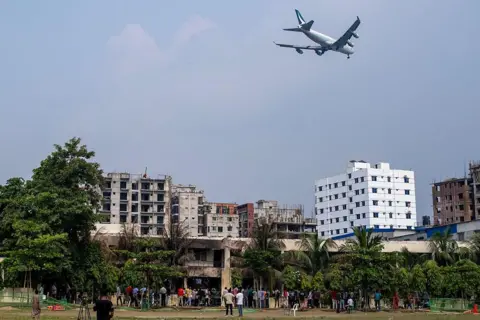 NurPhoto via Getty Images
NurPhoto via Getty Images
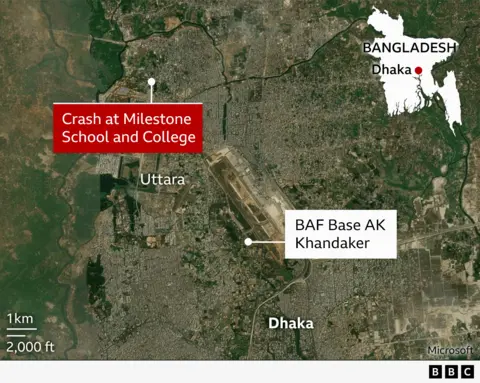
And then there was Mahreen Chowdhury. The teacher, responsible for children in Classes 3 to 5, helped at least 20 students flee the inferno.
Refusing to leave, she kept going back into the flames - until her body was burned over 80%. Chowdhury died a hero, saving the lives of those too young to save themselves.
For staff at the school, it's like living in a nightmare.
"I can't function normally anymore. Every time I look at the building, a wave of grief crashes over me. I feel lost, unwell and depressed. I've lost three children I knew - one of them was my colleague's," said Shafiqul Islam Tultul, a 43-year-old Bengali teacher.
In the aftermath, questions and confusion have swirled around the scale of the tragedy.
The government has reported 29 deaths and more than 100 injuries, with seven victims still unidentified. However, the military's Inter-Services Public Relations (ISPR) puts the toll at 31.
According to the Health Ministry, 69 people were injured in the crash and rescue efforts - including 41 students.
Social media has buzzed with speculation about a possible cover-up, claims the Bangladesh Armed Forces have firmly denied. Meanwhile, the school's head teacher Khadija Akhter told BBC Bengali that families have reported five people still missing.
For the eyewitnesses and survivors, the trauma lingers.
"I haven't slept for two days," Ahnaf says. "Every time I look outside, I feel like a fighter jet is coming at me. The screams are still in my ears."
Fighter jets and commercial planes often fly over the campus, which lies close to Dhaka's international airport. "We're in the flight path," Ahnaf said.
"We're used to seeing planes overhead - but we never imagined one would fall from the sky and strike us."
Yet, the horrors of that day haunt him relentlessly. The screams, the fire, and the charred bodies of classmates and teachers refuse to fade.
"When I close my eyes, it's not darkness I see - it's smoke."
What's Your Reaction?
 Like
0
Like
0
 Dislike
0
Dislike
0
 Love
0
Love
0
 Funny
0
Funny
0
 Angry
0
Angry
0
 Sad
0
Sad
0
 Wow
0
Wow
0



